Defining conceptually and creating tangibly
For this week’s theme, I want to address a tension that we probably all face at some time and that’s increasingly relevant for us: the push and pull between defining conceptually and creating tangibly.
Here’s my succinct advice for navigating that tension: everything you build you should be embarrassed by within 6 months.
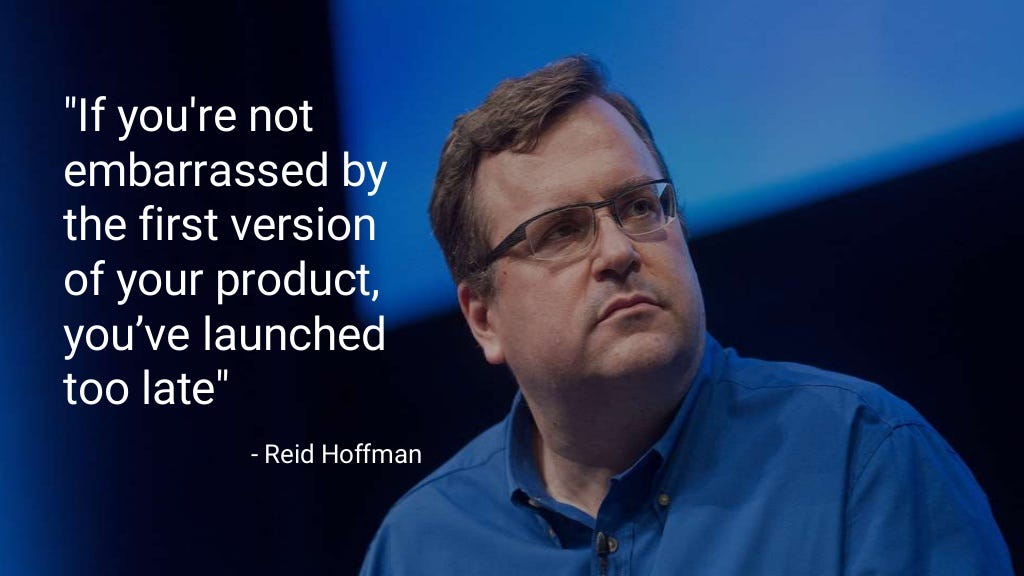
What that really means is that we should be biased toward building things even before we have full conceptual definition, or even what we would consider satisfactory definition. At the point that something is defined enough that you can build even a simplified version, you should try to make it into something tangible. The reason to do this is because it reveals both challenges and possibilities that you can’t discover while the idea is still in your head (or expressed in a concept doc). It also allows us to do a lot more showing than telling.
If you think about our best design reviews, that’s what you’ll see there: however far along the work is, the team has made it into something concrete that we can actually react to. In the early days, that might be something as simple as a couple basic screen mockups or a journey map. It forces you to a point of not just saying what it should be, but to take a stance on how it might actually work.
Make no mistake: this can be - this likely will be - uncomfortable. We are used to only ever putting our best foot forward; this approach requires us to put something out there knowing that it would be better if we just gave it a bit more time. The secret to it is knowing that you still have that time, but now you’ll have that time plus some real feedback. Build a culture where that is normal, and it’s no threat to anyone’s egos to get real and meaningful feedback.
Wherever you’re at in the process, push toward making concepts more concrete. If you’re thinking to yourself, “already? Isn’t it a bit too soon for that?” Well, that’s kind of the point.
I’m actually dropping these themes in the order that I wrote them, but - as a bit of serendipity - this one fits in so perfectly with my current reading diet. I’m currently balancing between Creative Quest by Questlove and How To Fly a Horse by Kevin Ashton. I highly recommend reading these two books in dialogue with each other, because Questlove is sharing about his own creative process and recommending ways to build your creative practice, while Ashton is writing about how creative thinking isn’t necessarily that different from thinking in general. I don’t think either of these two gentlemen would disagree with each other, but the differences in perspective enrich my appreciation of the work of creating and give me a lot of fuel to create more.

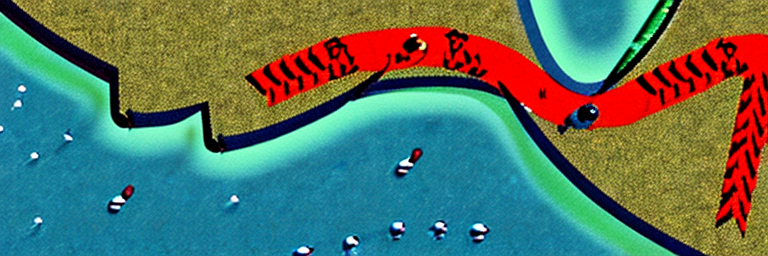
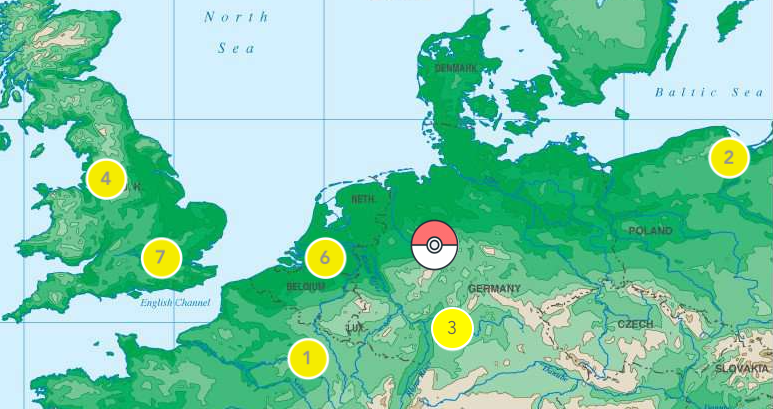
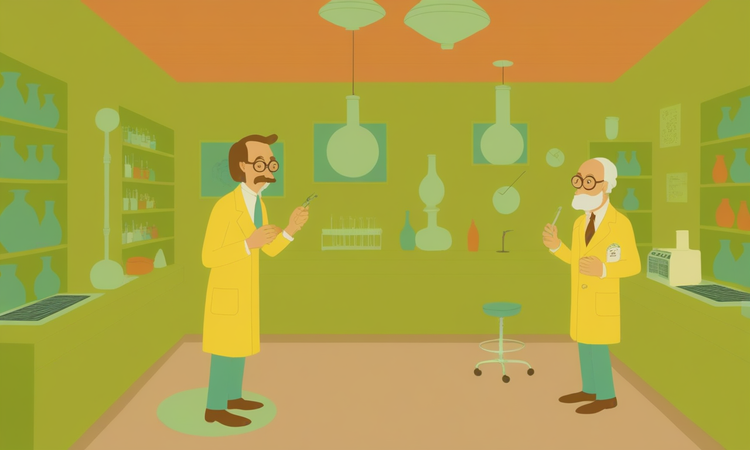
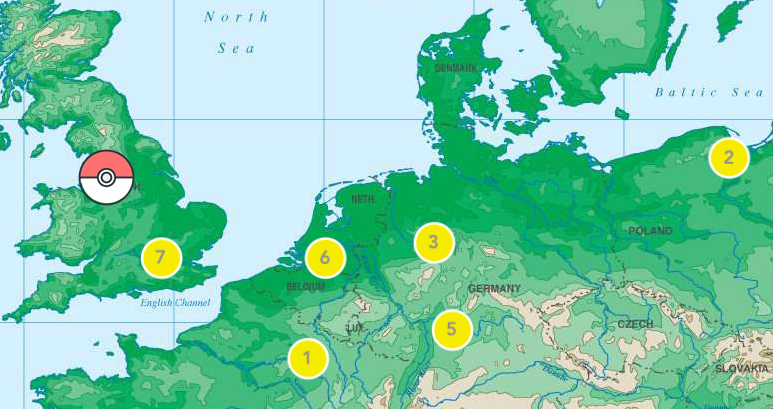

Member discussion